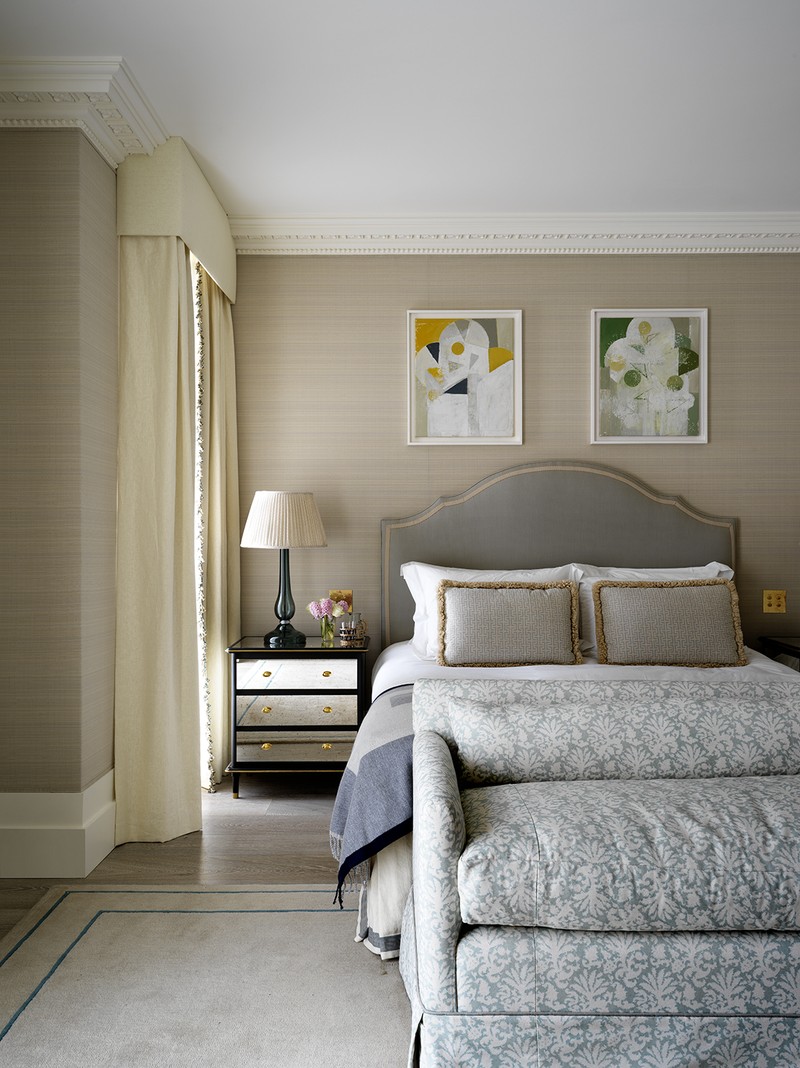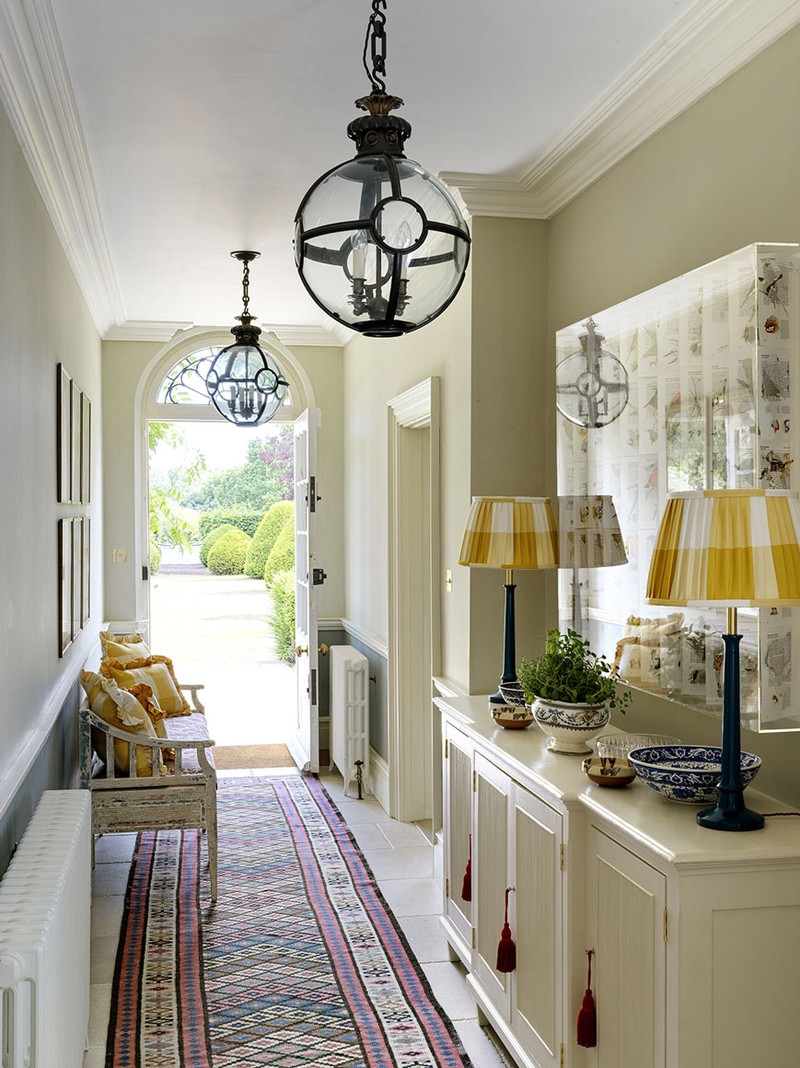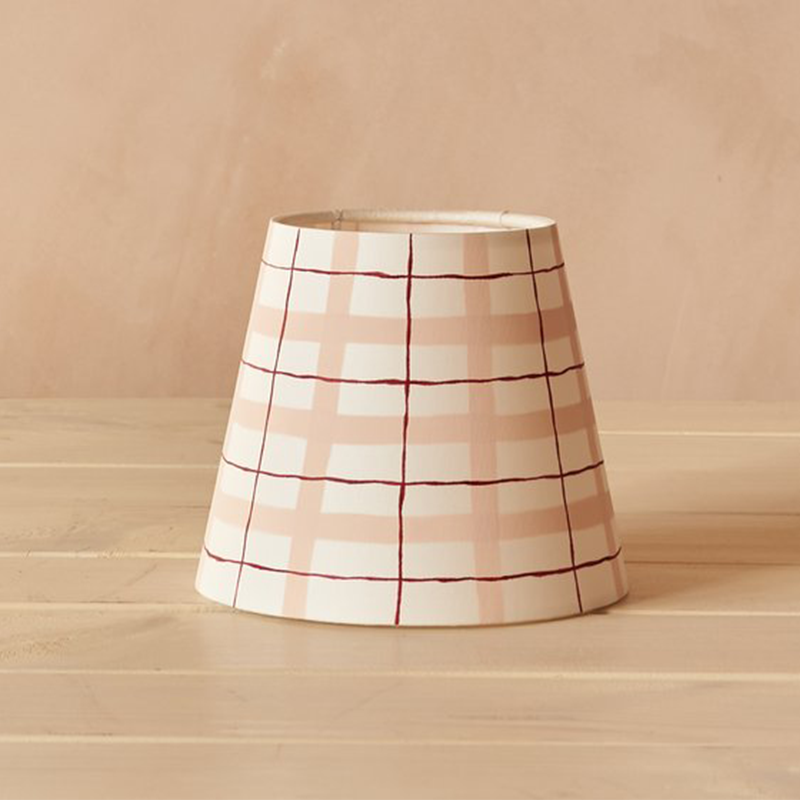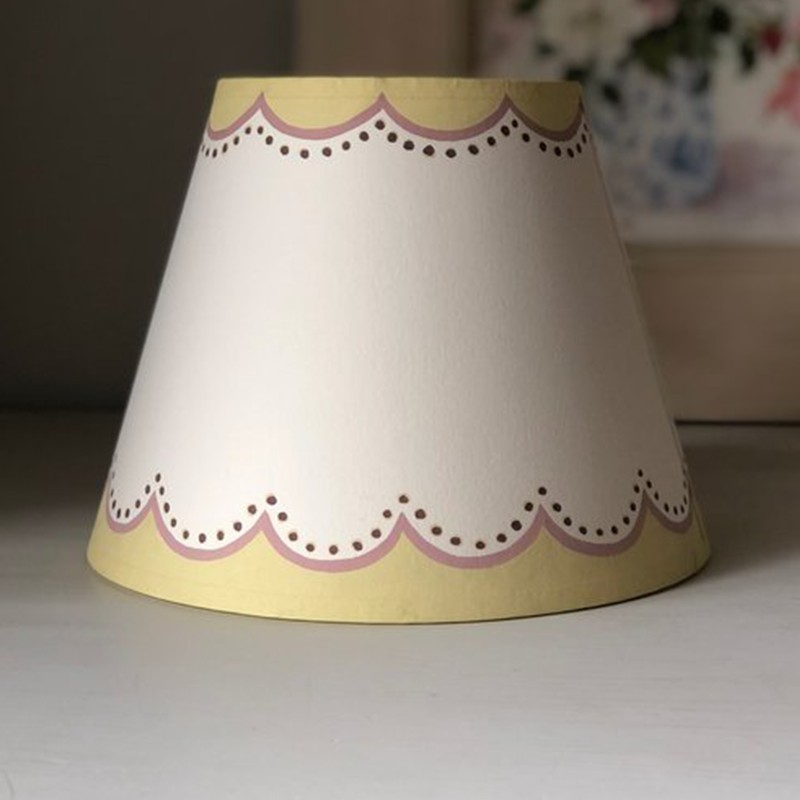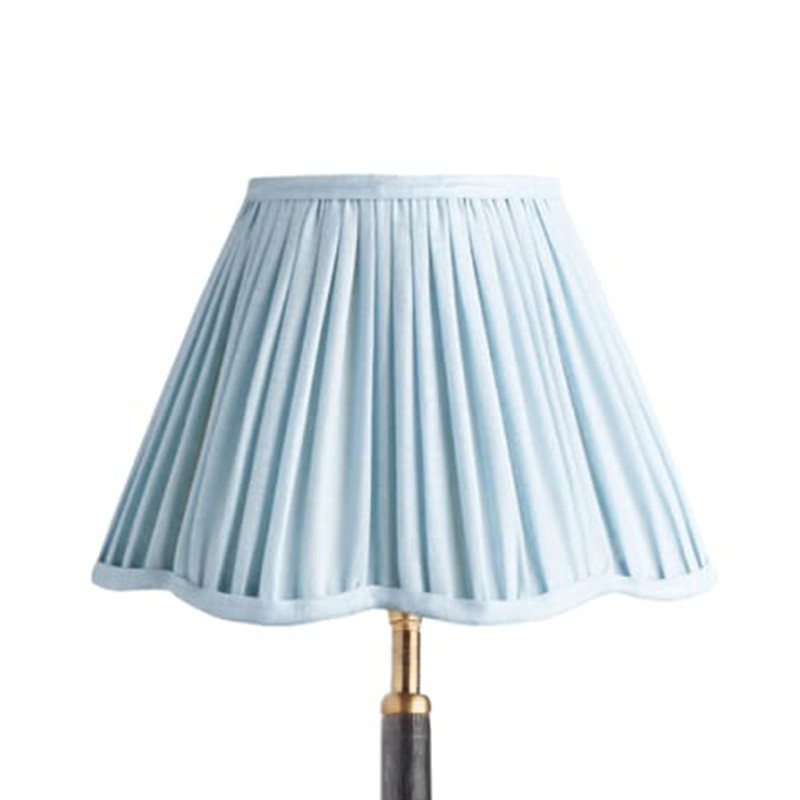How To Match Your Table Lamp & Shade
The first thing to ask yourself is: will this combination suit the space and the room? When choosing a lamp, it’s not only important to think about the room and the space it’s going in, you have to think about the sort of lighting you’re trying to provide. Ask yourself, is the lighting necessary for a specific task or just to add a soft glow? Think about your space, the height of the ceiling, the height of the furniture, and make sure the lamp you choose has good proportions in relation to all these elements.
There are a few hard and fast rules when it comes to choosing the right lampshade. The first is that the shade should be approximately two-thirds the height of the lamp – always slightly bigger than you think. So, for a 21cm lamp base, your shade needs to be about 14cm. If the base is tall and thin, you can get away with a slightly smaller shade. But if it’s round, it might be the same width. It’s possible for certain lamps to take on different-sized shades, but this depend on where the lamp is going – for example, on a bedside or corner table.
Our favourite is probably a gathered lampshade. We only have one rule we tend to stick to, which is never use a square shade with a round base. Otherwise, we tend to use a mixture of everything and it completely depends on the project – a scalloped shade can look incredible in the right space.
A lampshade is a great way to inject colour and add an extra layer of texture to the room. For that reason, we wouldn’t suggest matching anything too closely – contrast the colours instead. Lacquered lamps are brilliant for updating a piece of brown antique furniture. Check out our column and bamboo styles if you’re not sure where to start.
Try to use a shade carrier when you have a duplex shade. It will give you flexibility for a different fitting in the future. The shades we now sell are all duplex for this exact reason. A smaller shade might need a smaller/shorter shade carrier and vice versa – but don’t worry, they’re relatively easy to find on sites like Amazon.
Always consider your bulb choice carefully. When you’re looking at bulbs, if the lamp isn’t needed to light a specific area for a specific task, there’s no reason not to go for something softer. It will give off a more ambient light. If you don’t have a 5amp circuit – which gives you the flexibility to dim your lighting – this should always be your preference.
If you’re confused about all the different shapes, stick to the classics – like an Empire or Pembroke shade. From there, you can update it with different fabrics and colours to give it a more contemporary feel. Buying a classic shade gives you more freedom with the base, too. Don’t be afraid to use multiple styles of bases in one room – it can work. Traditional thinking says that if the lamp is supposed to sit on a large table, it would need to be a large base. However, a taller slim lamp with a larger shade could still work.
If you’re feeling confident, play around with size and shape. In a corner of a drawing room, it might be better to use a larger shade, while a gathered shade with a scallop shape could be better by your bed. We recently did a fabulous shade for a client that was pleated with a gathered frill edge for a floor lamp. It felt perfectly old fashioned and of the moment all at the same time.
Sometimes taking a risk pays off. It can be fun to go for a really bold pop of colour with a vibrant lamp base, while a matching card shade will look really impactful. If you’re attempting to use the shades to tie multiple colours together, think about using a really fabulous multicoloured fabric shade.
Visit SalvesenGraham.com
SHOP OUR EDIT

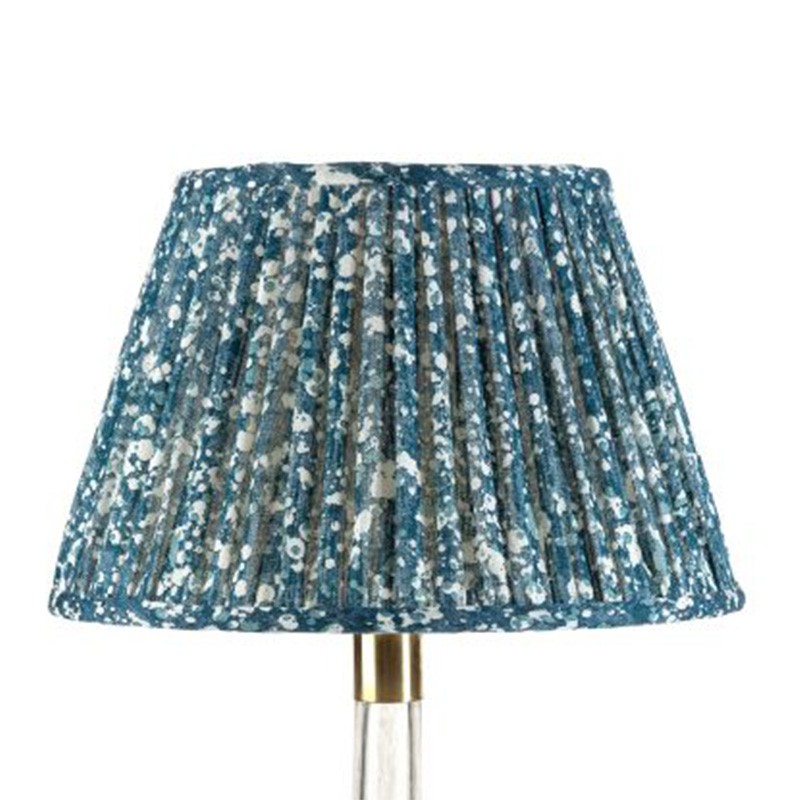
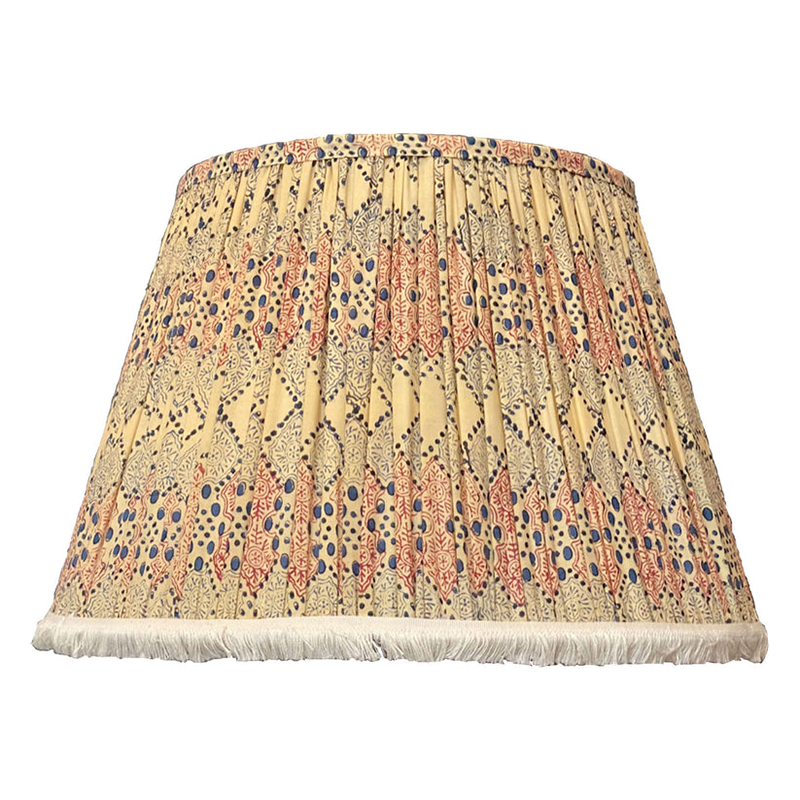
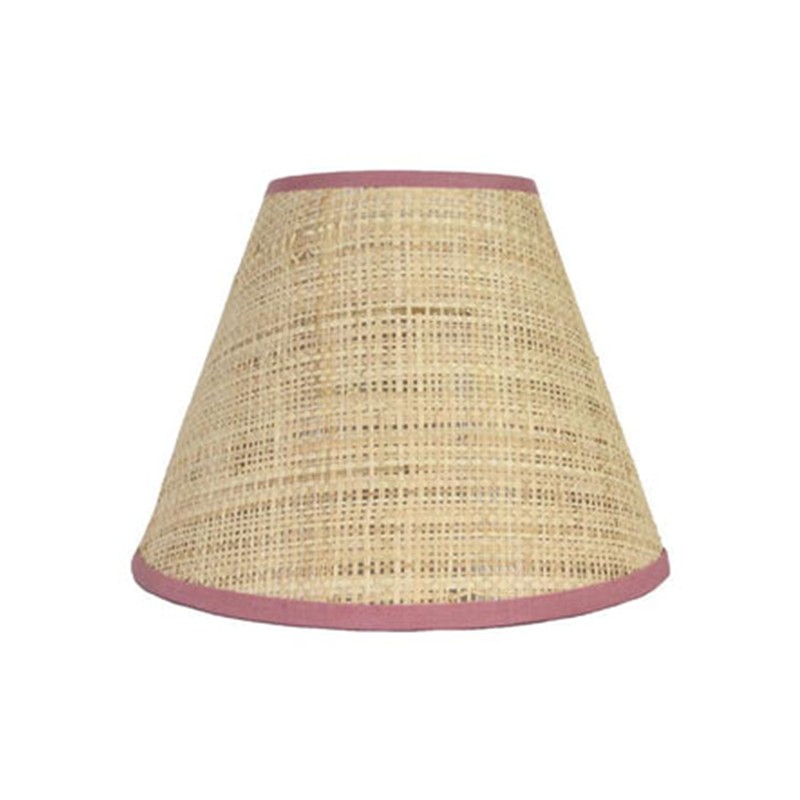
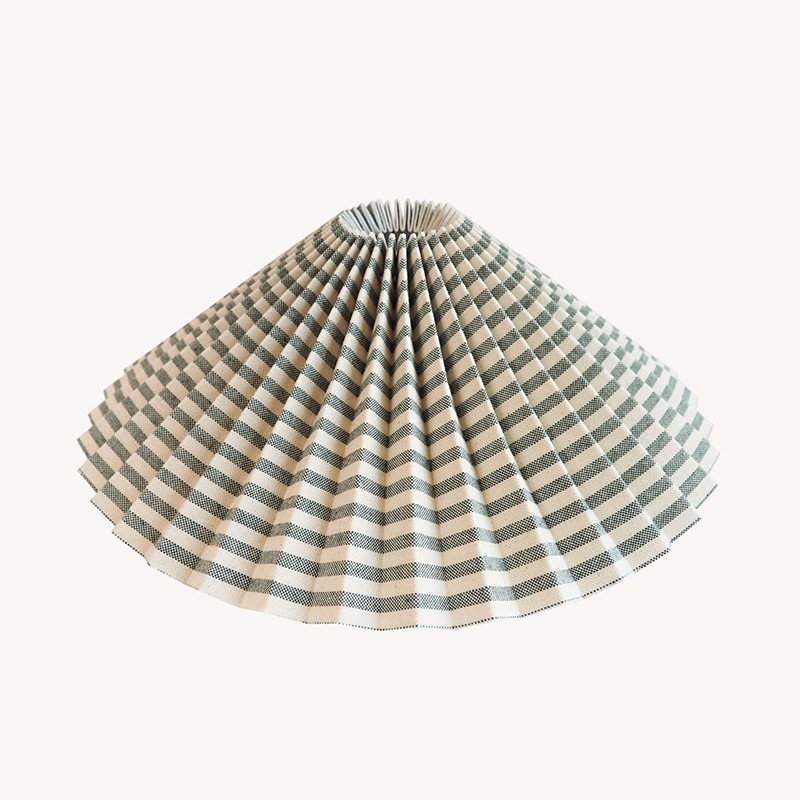
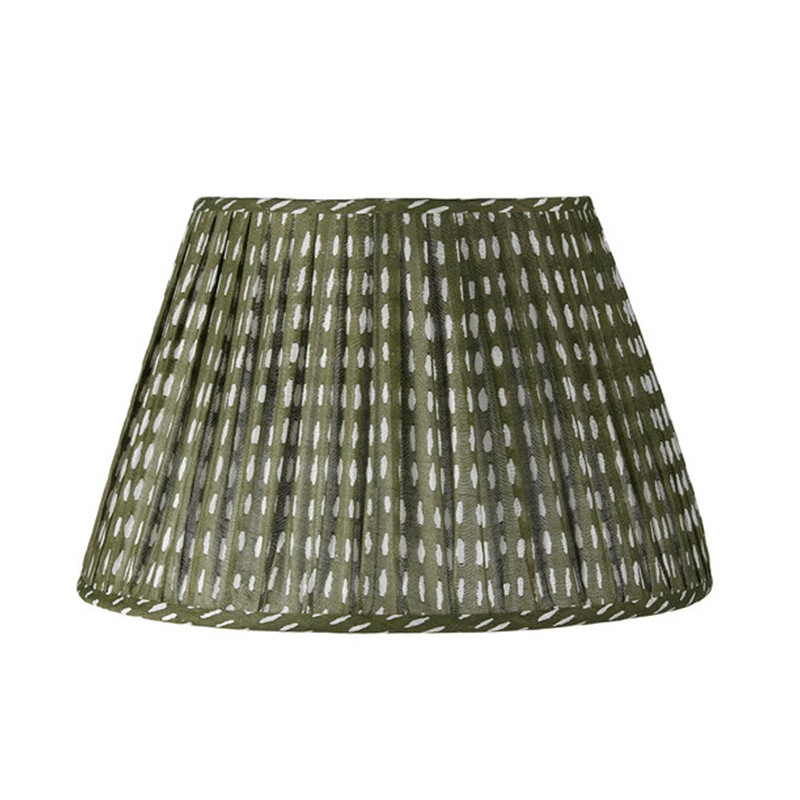
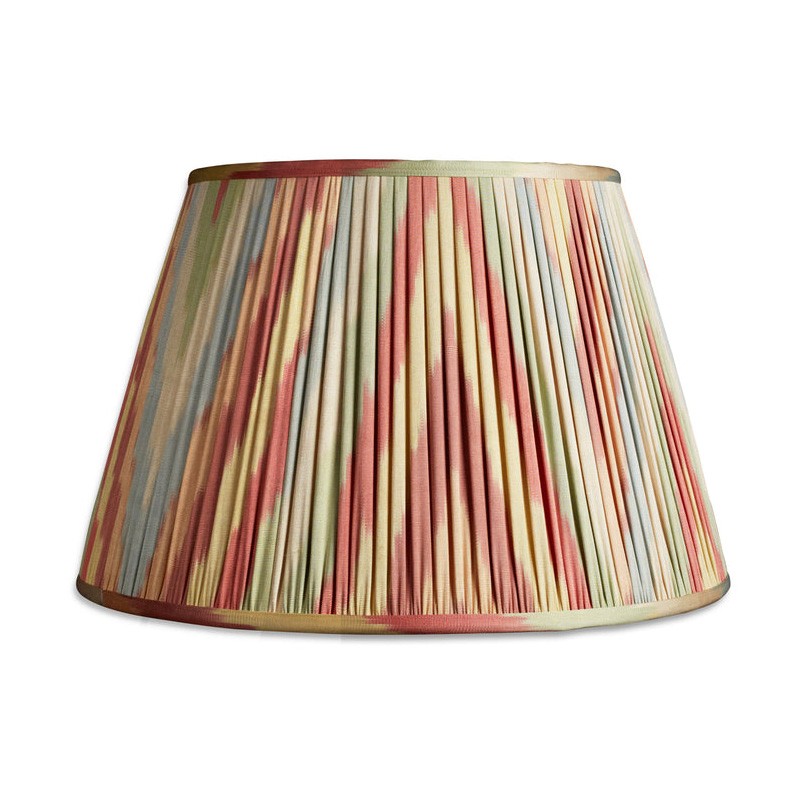
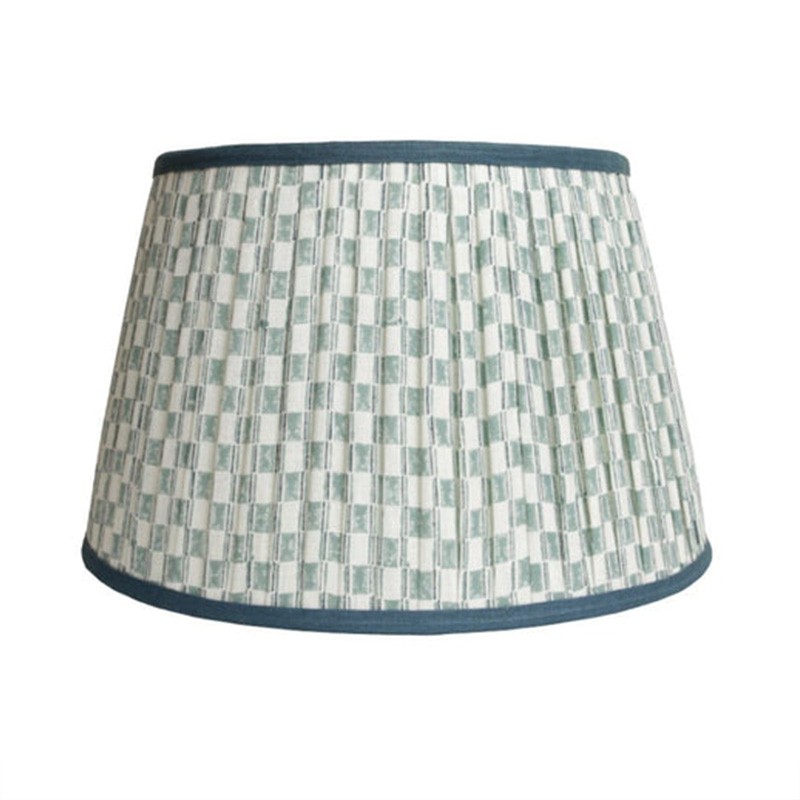

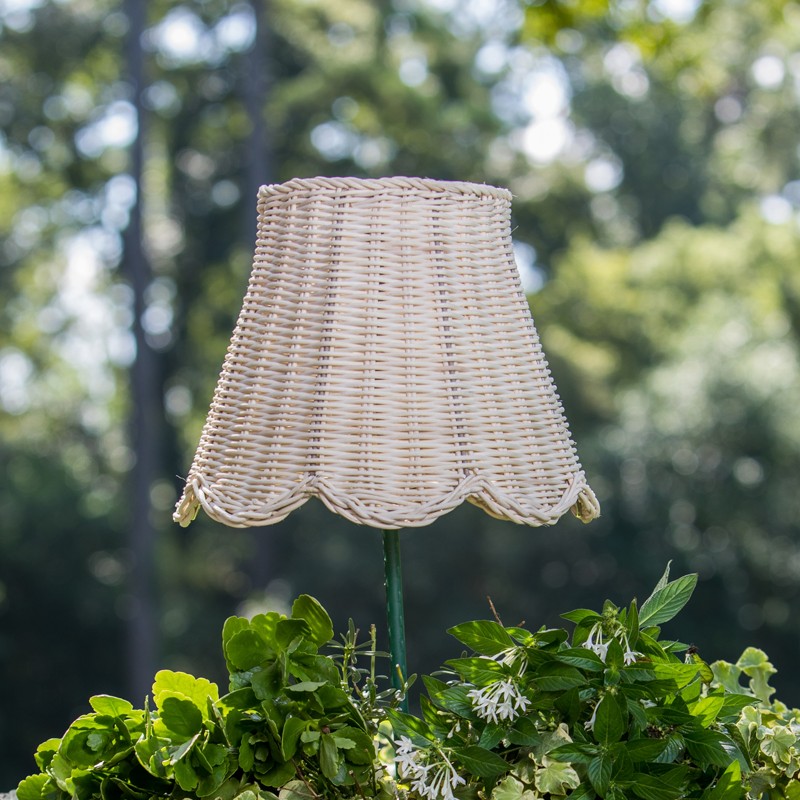
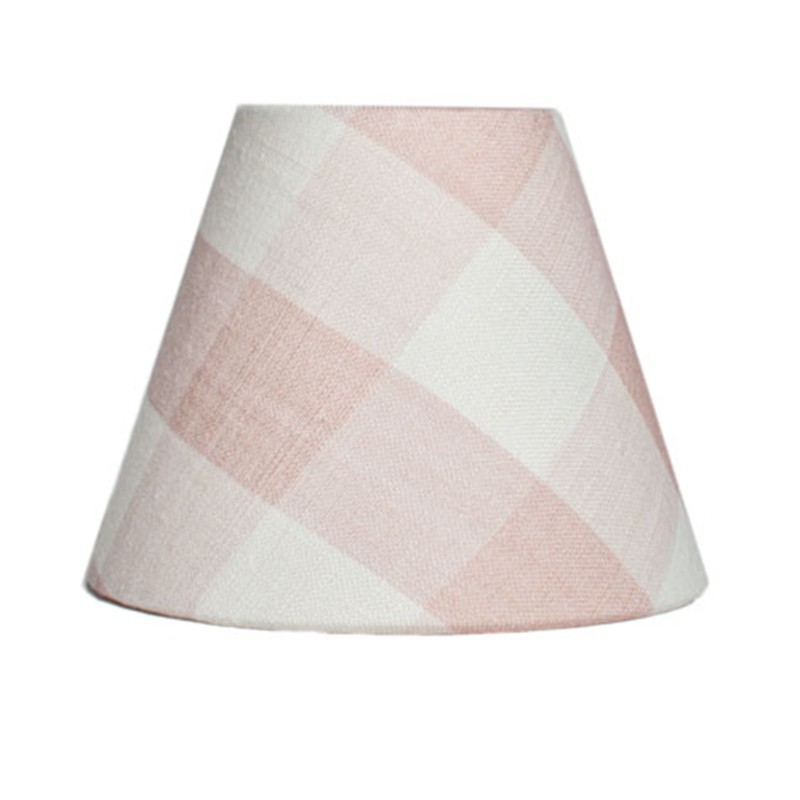
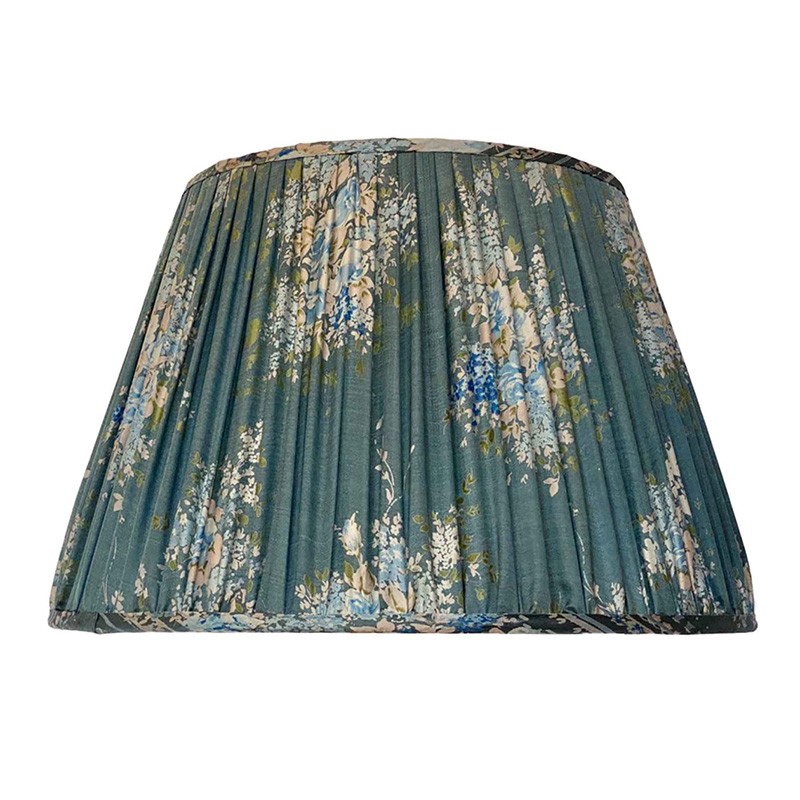
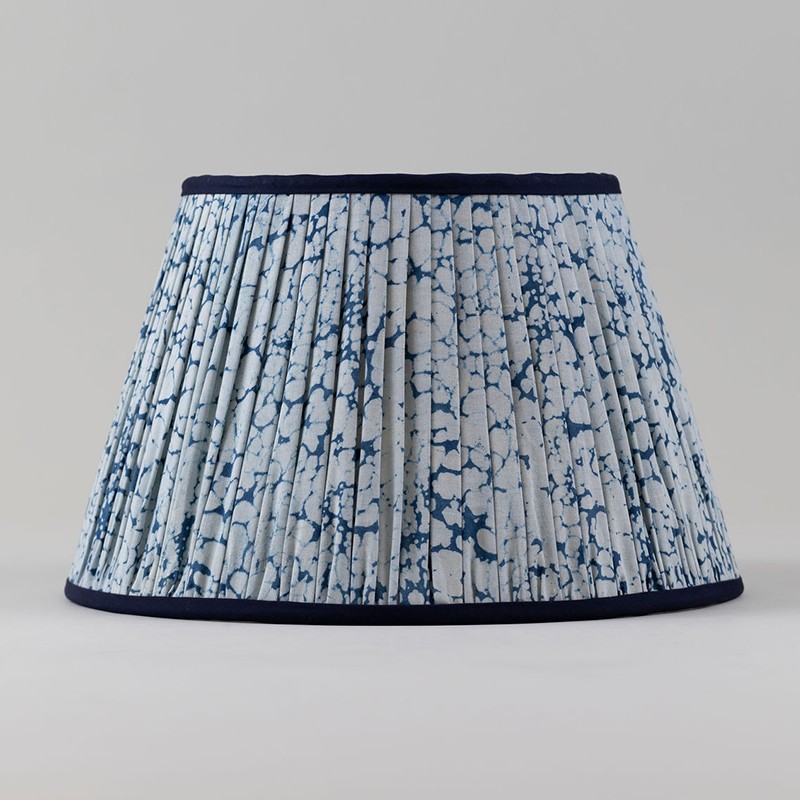
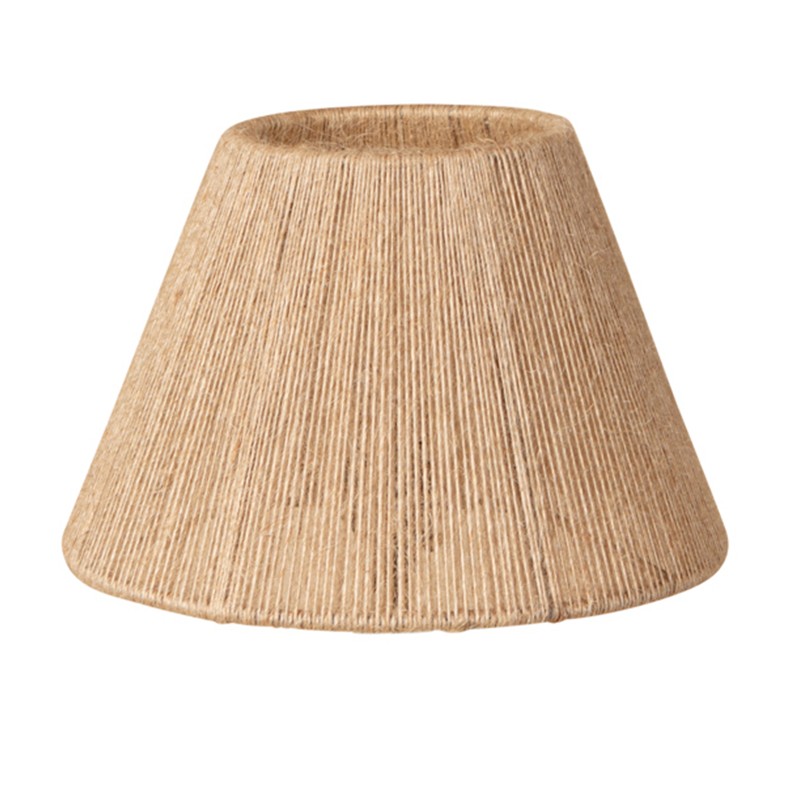
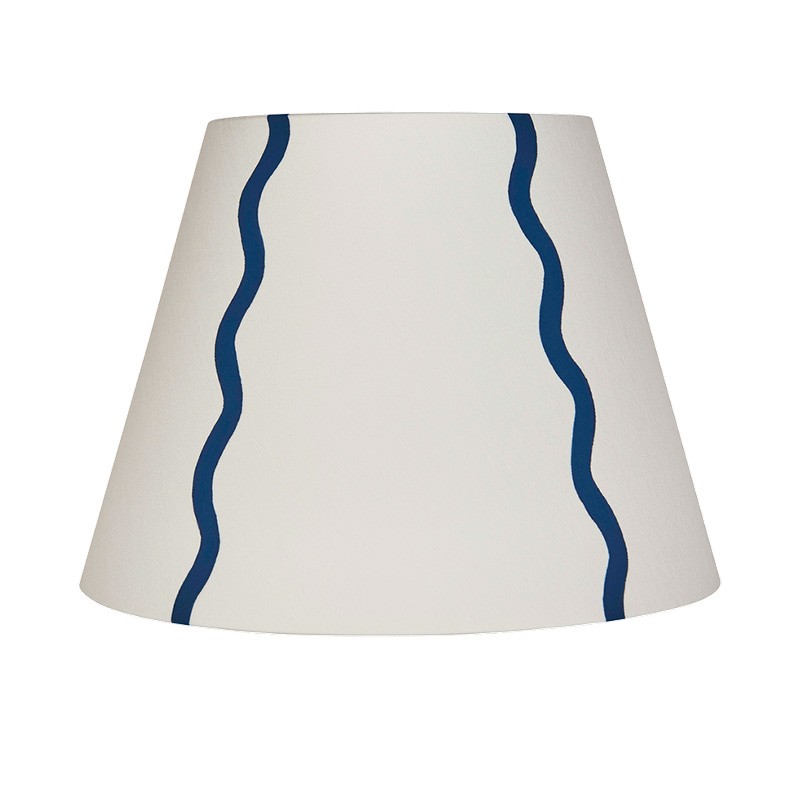

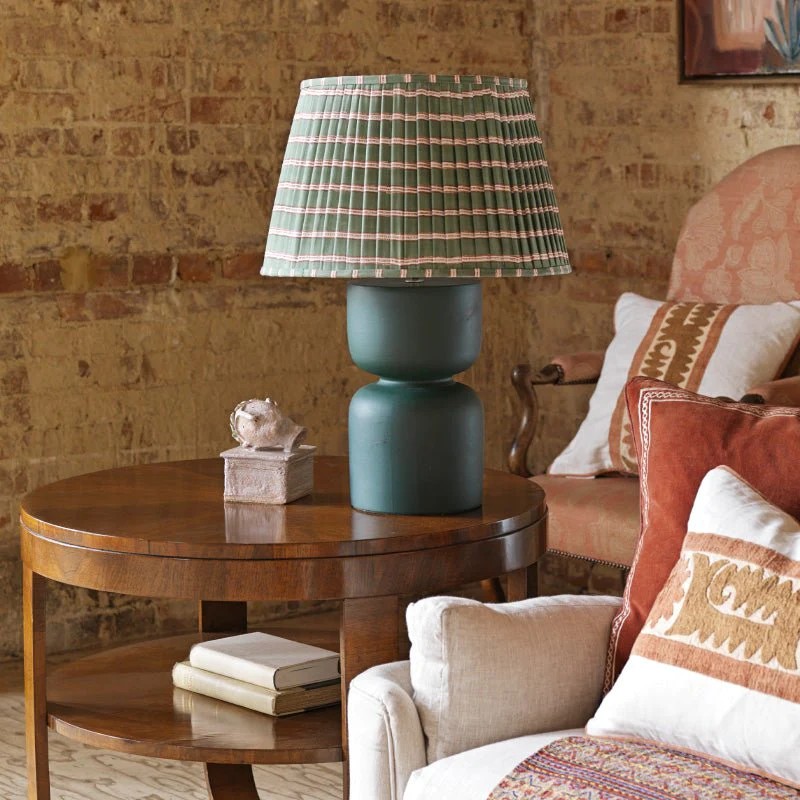
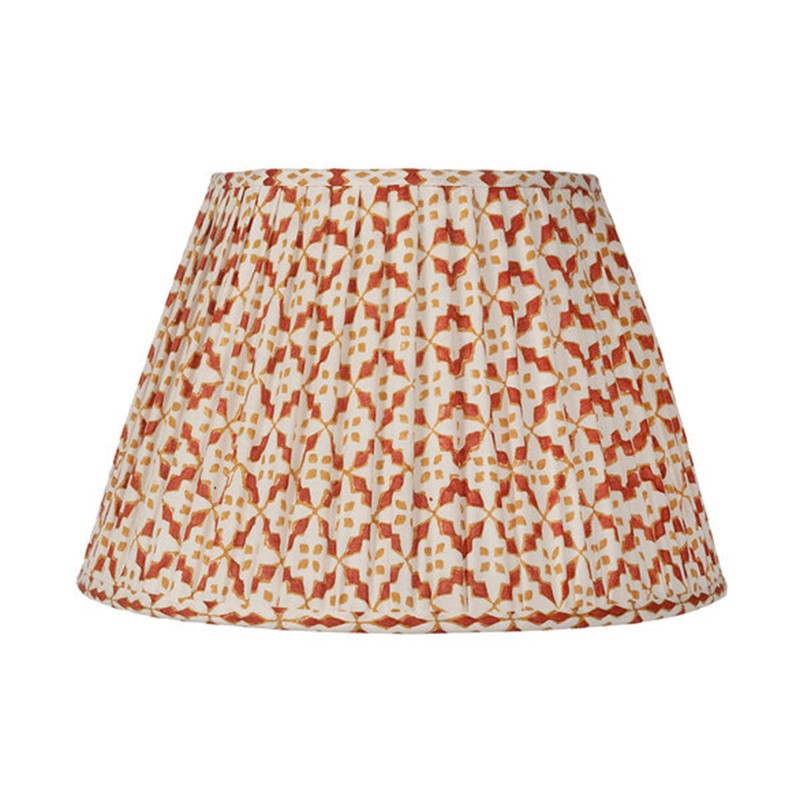


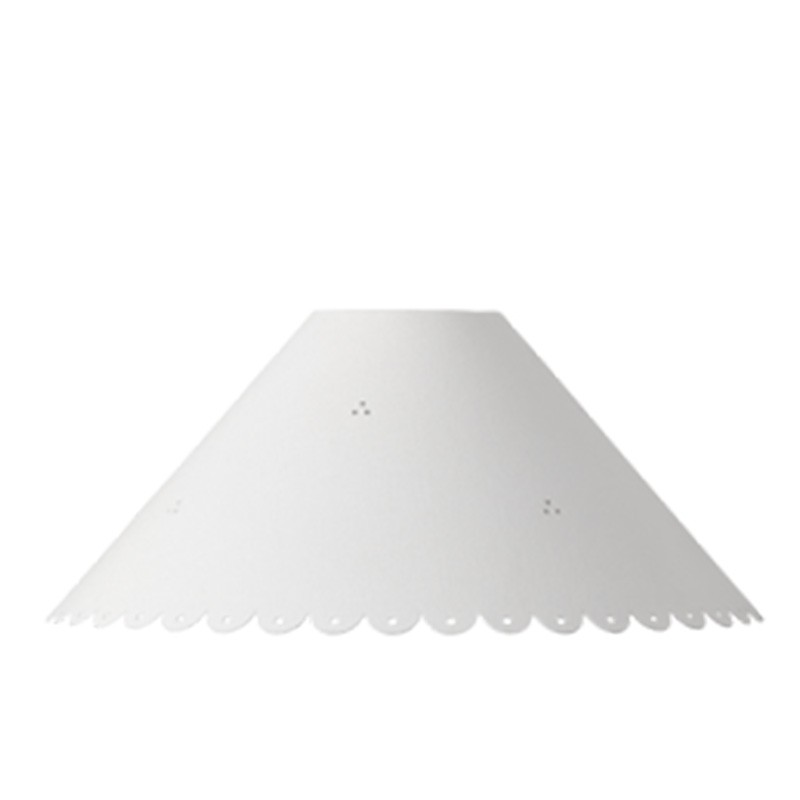
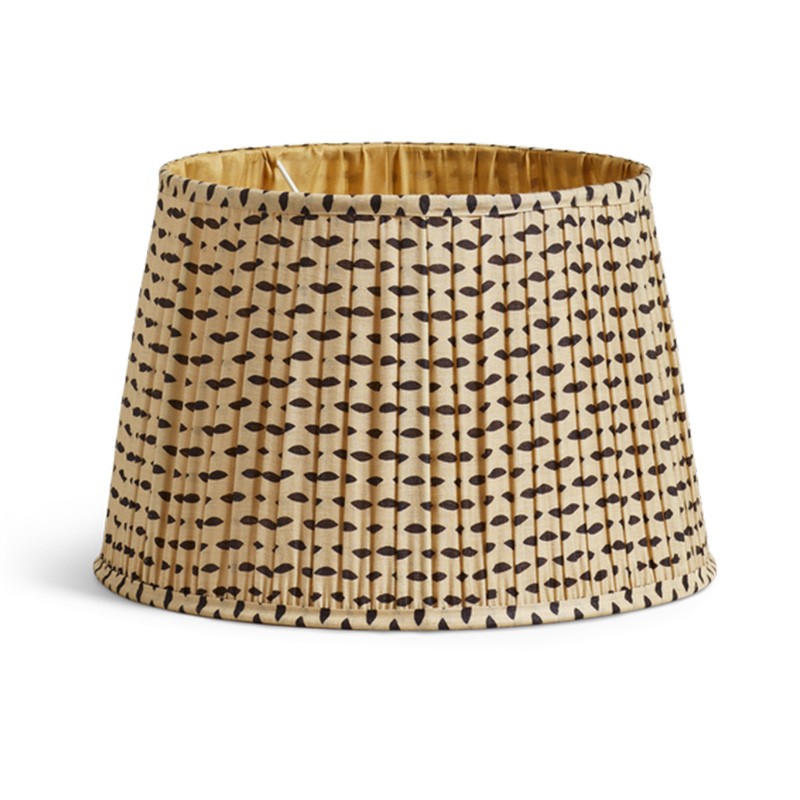
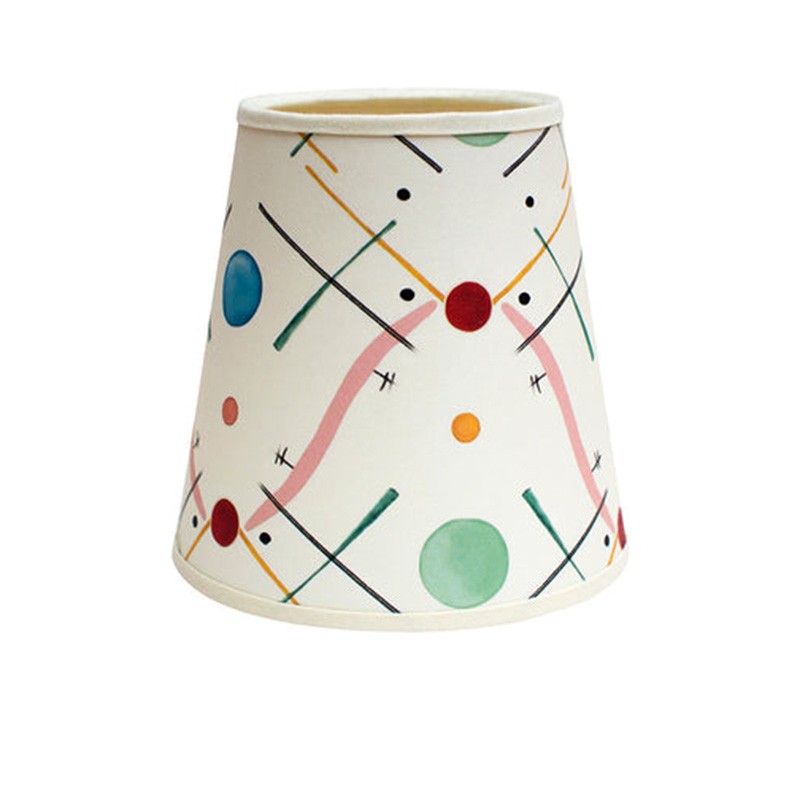
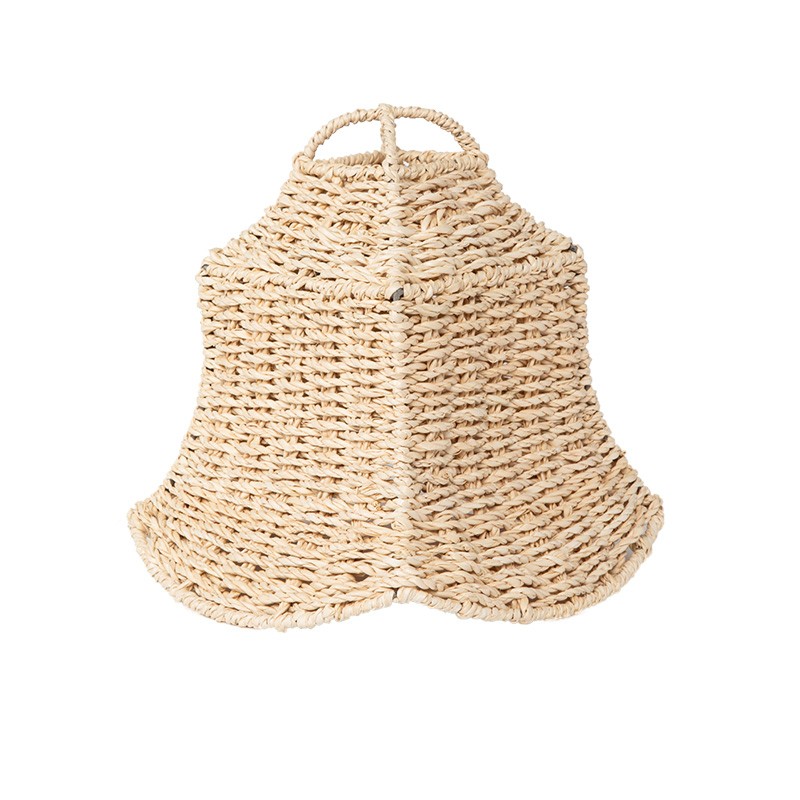
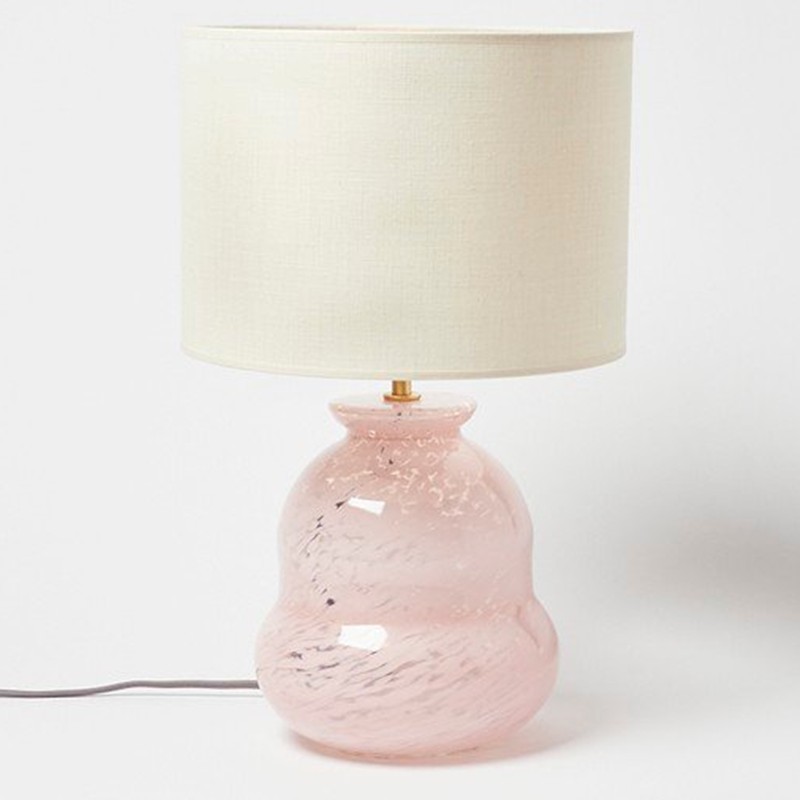
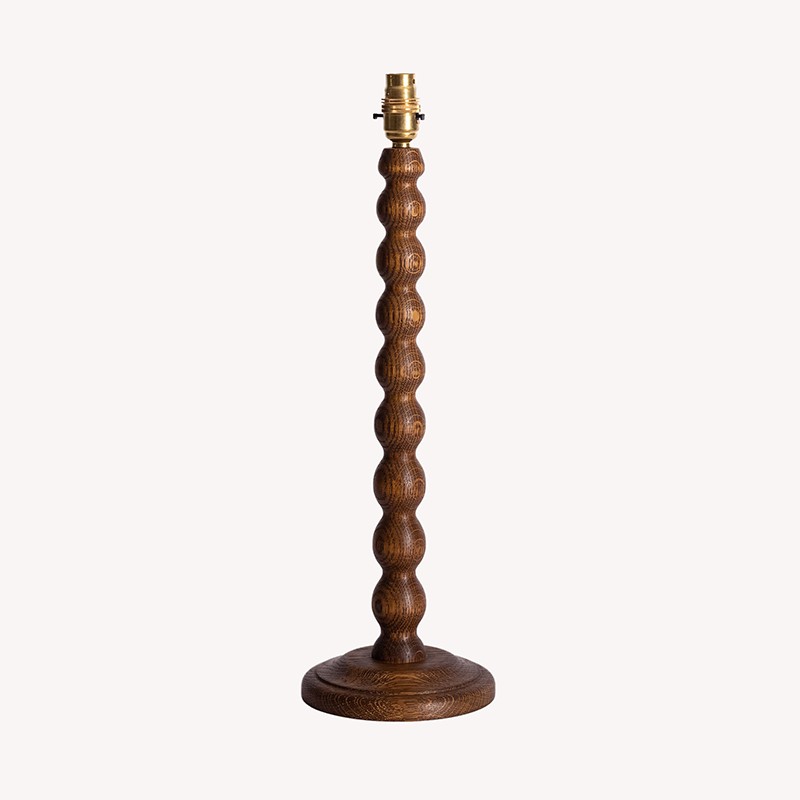
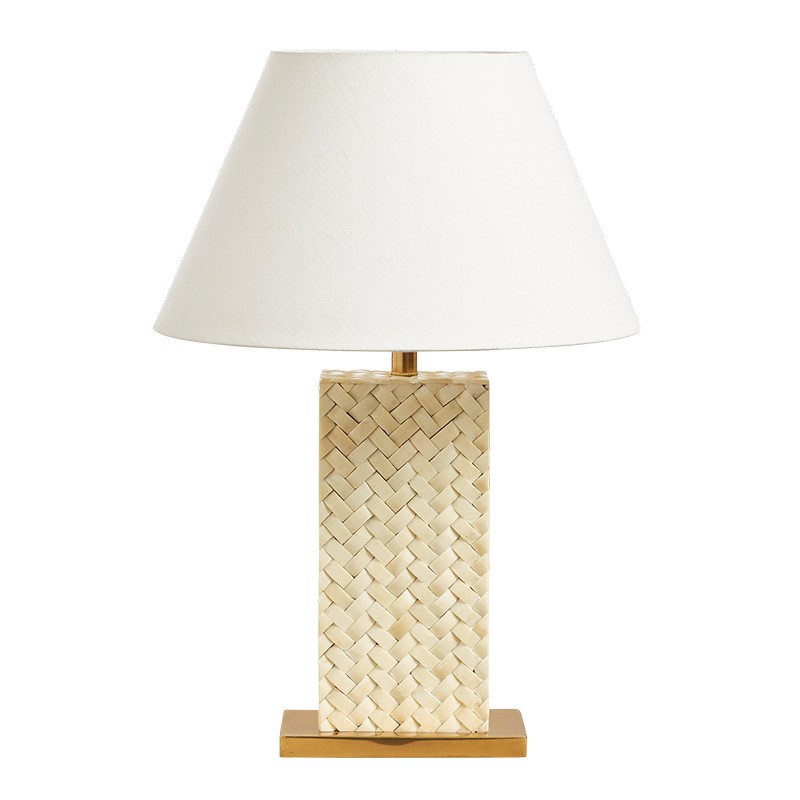
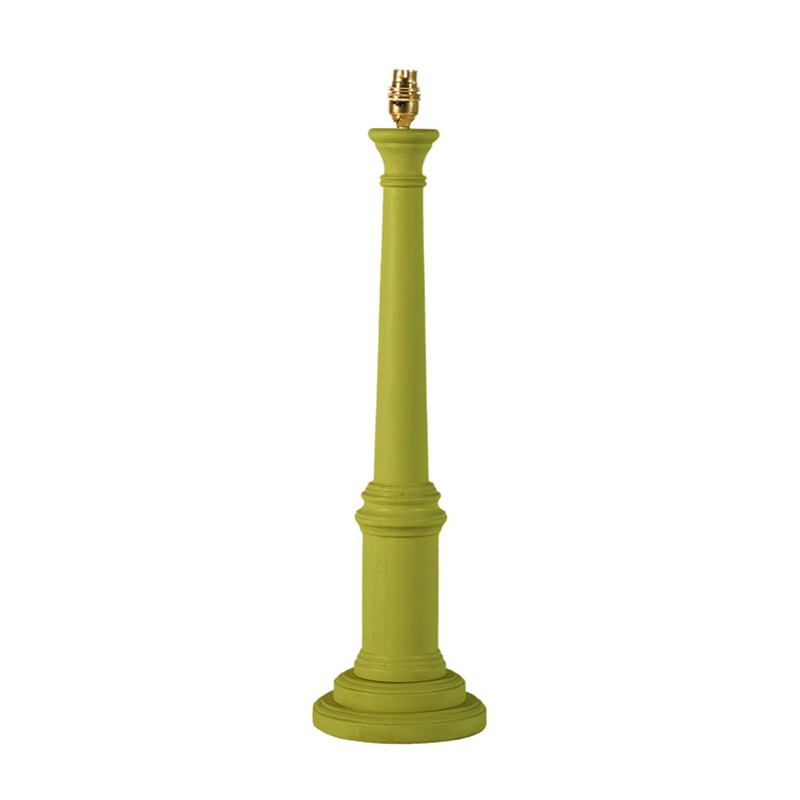
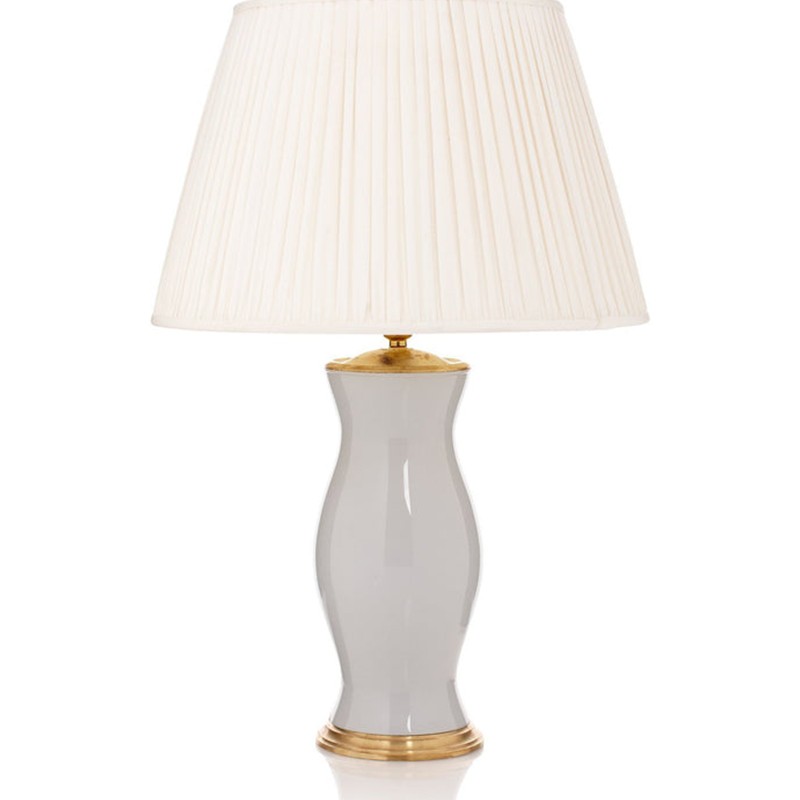


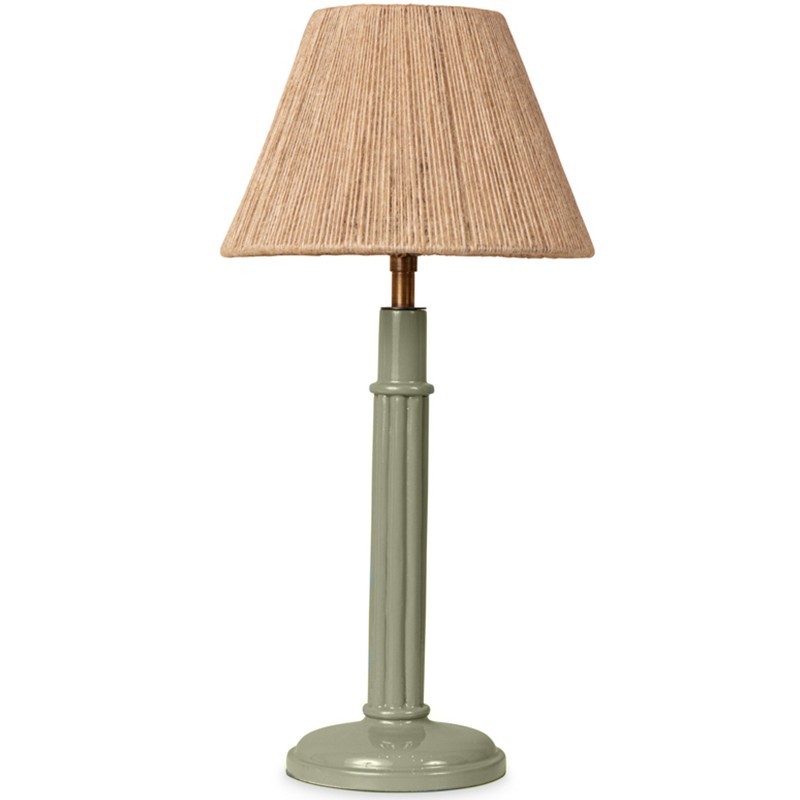
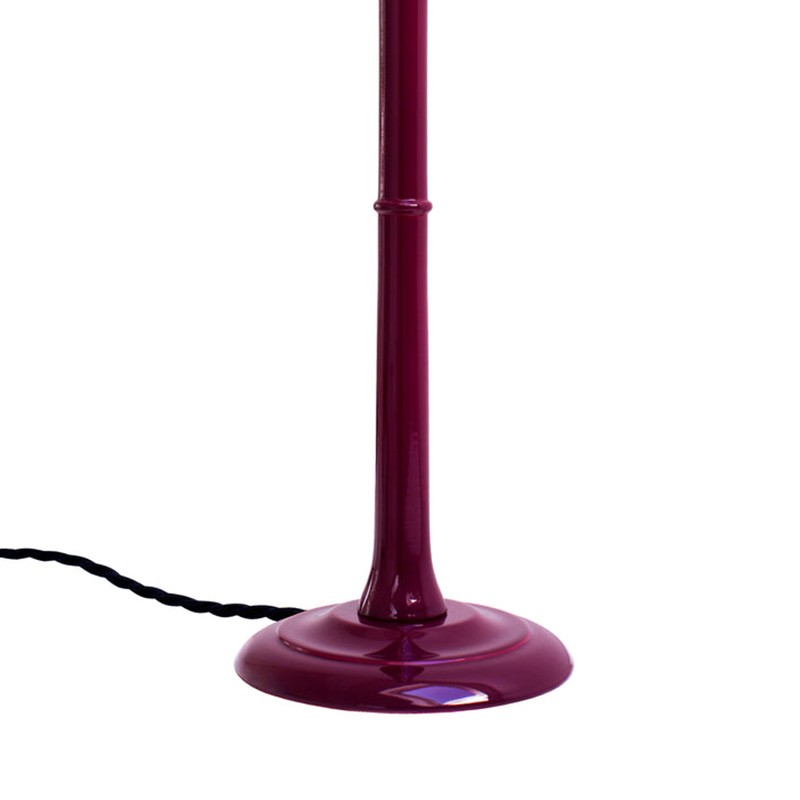

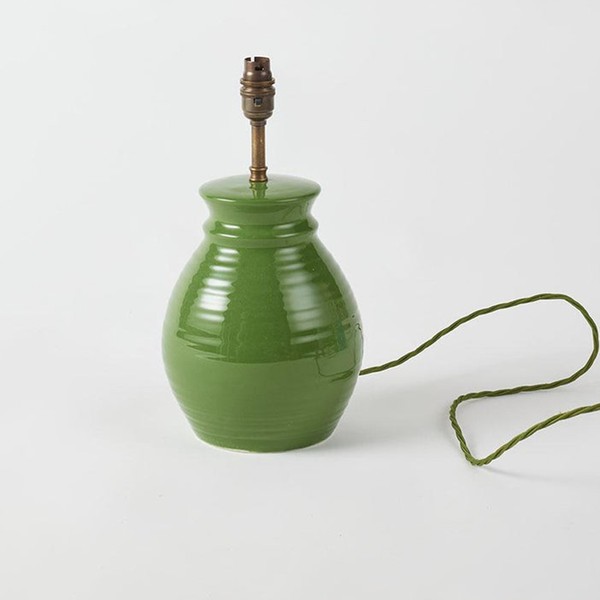
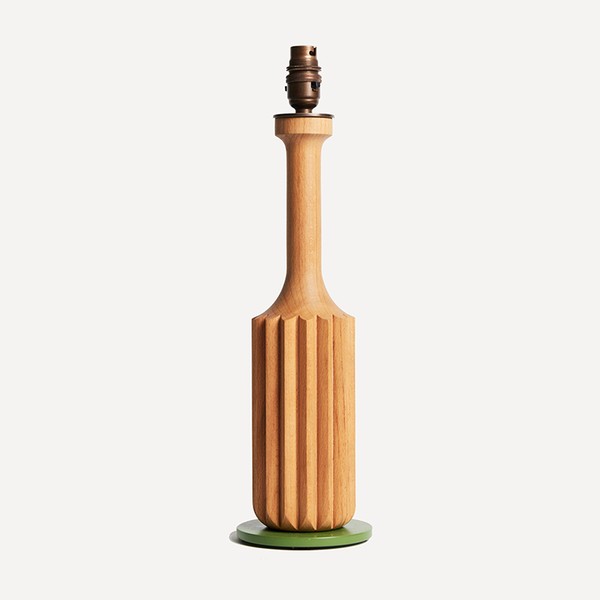

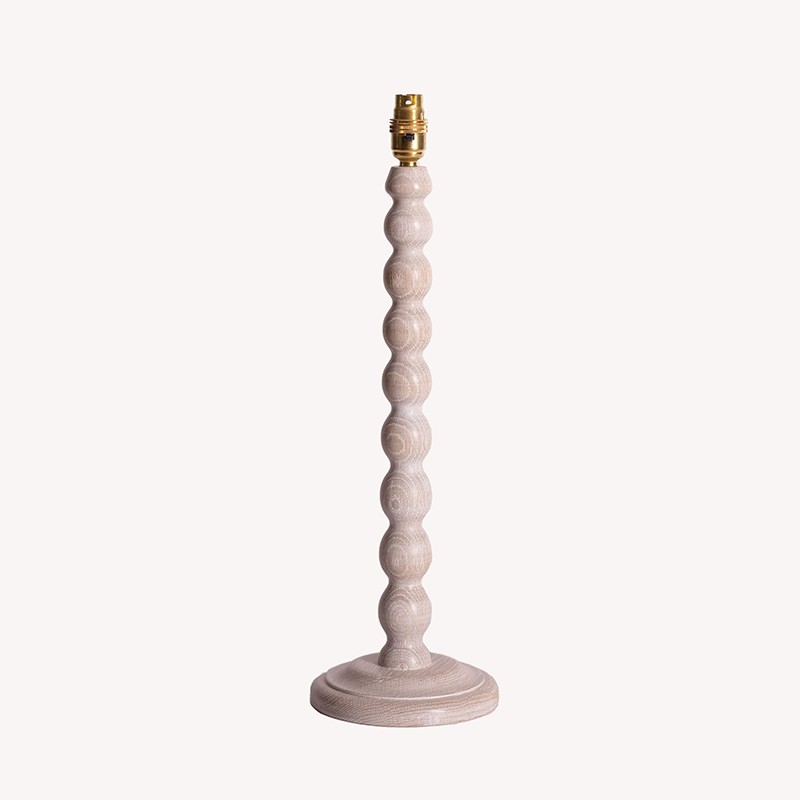

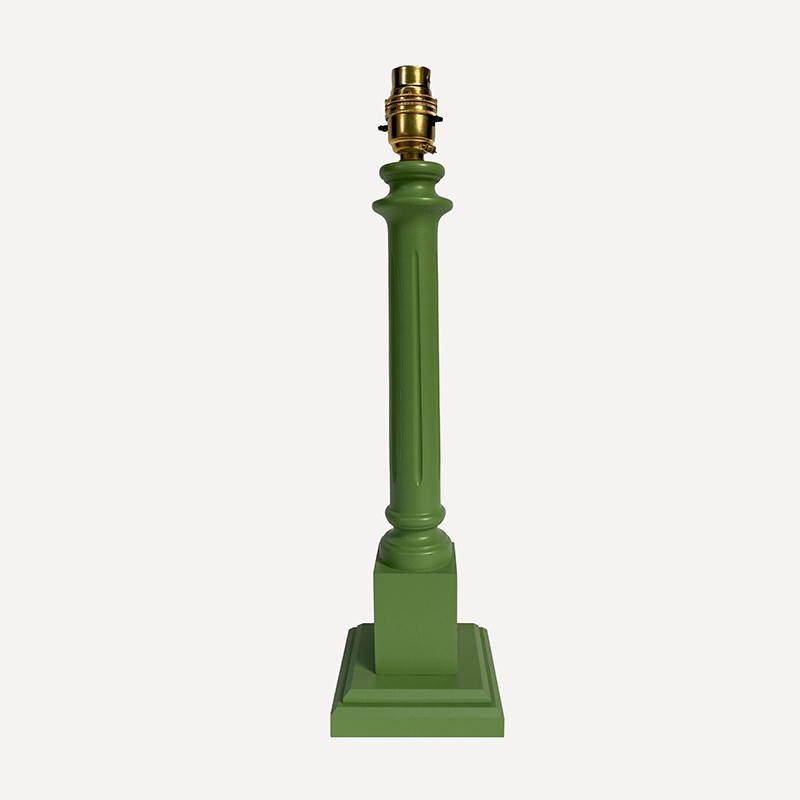
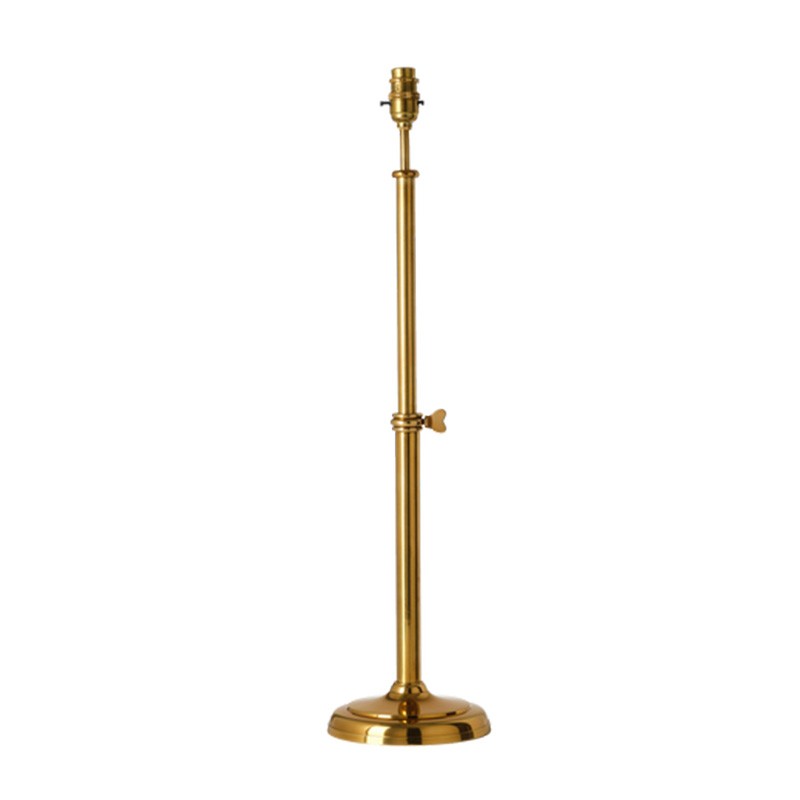
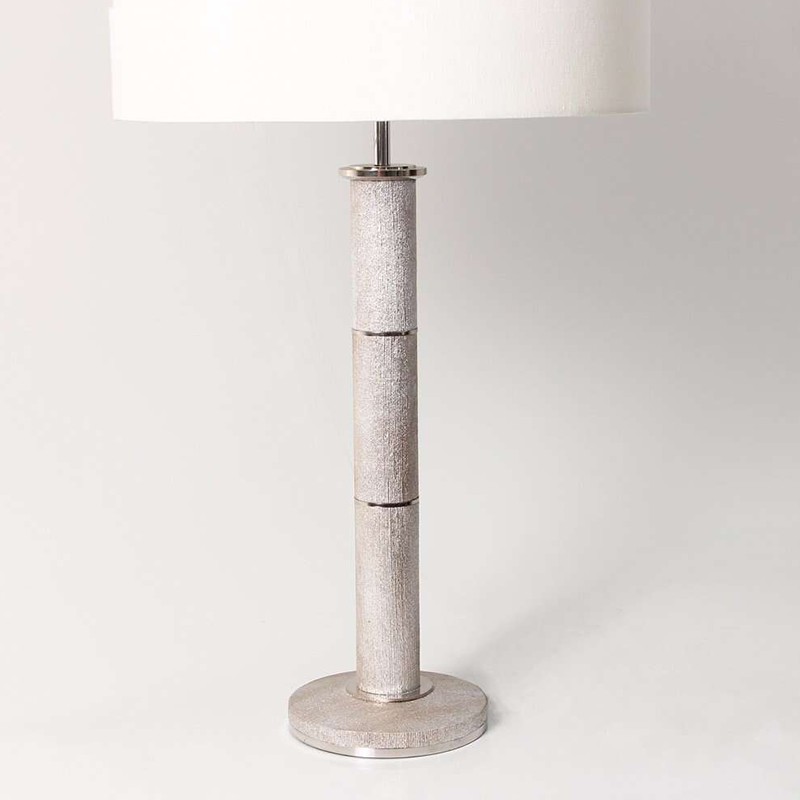

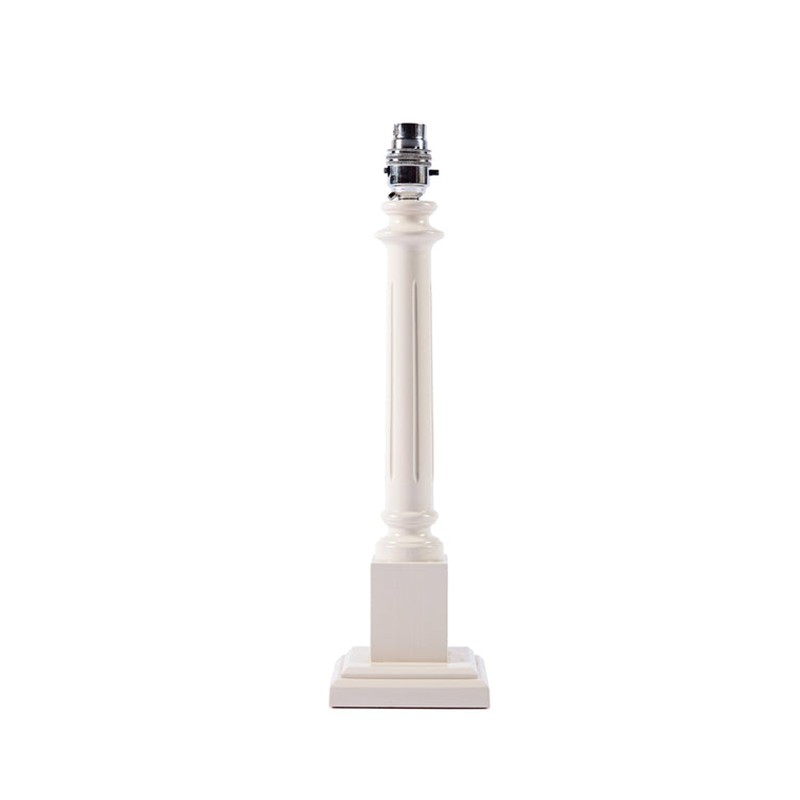
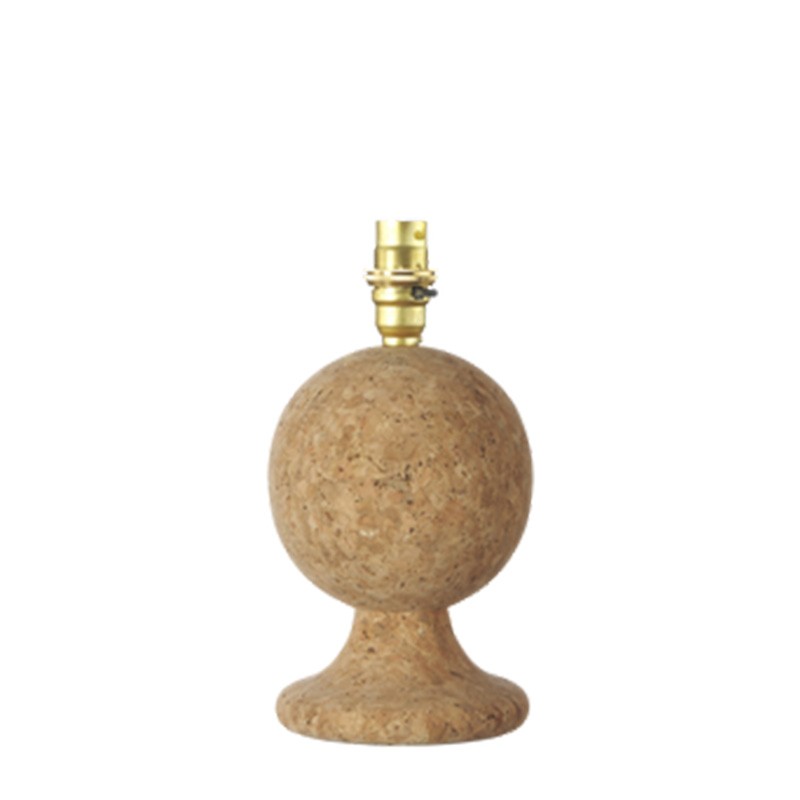
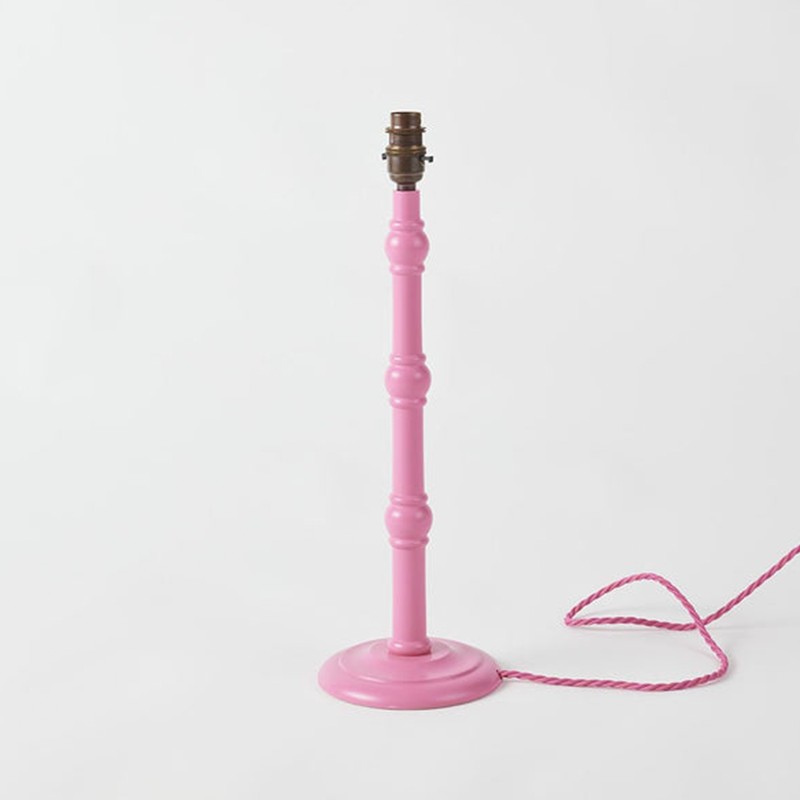
DISCLAIMER: We endeavour to always credit the correct original source of every image we use. If you think a credit may be incorrect, please contact us at info@sheerluxe.com.

